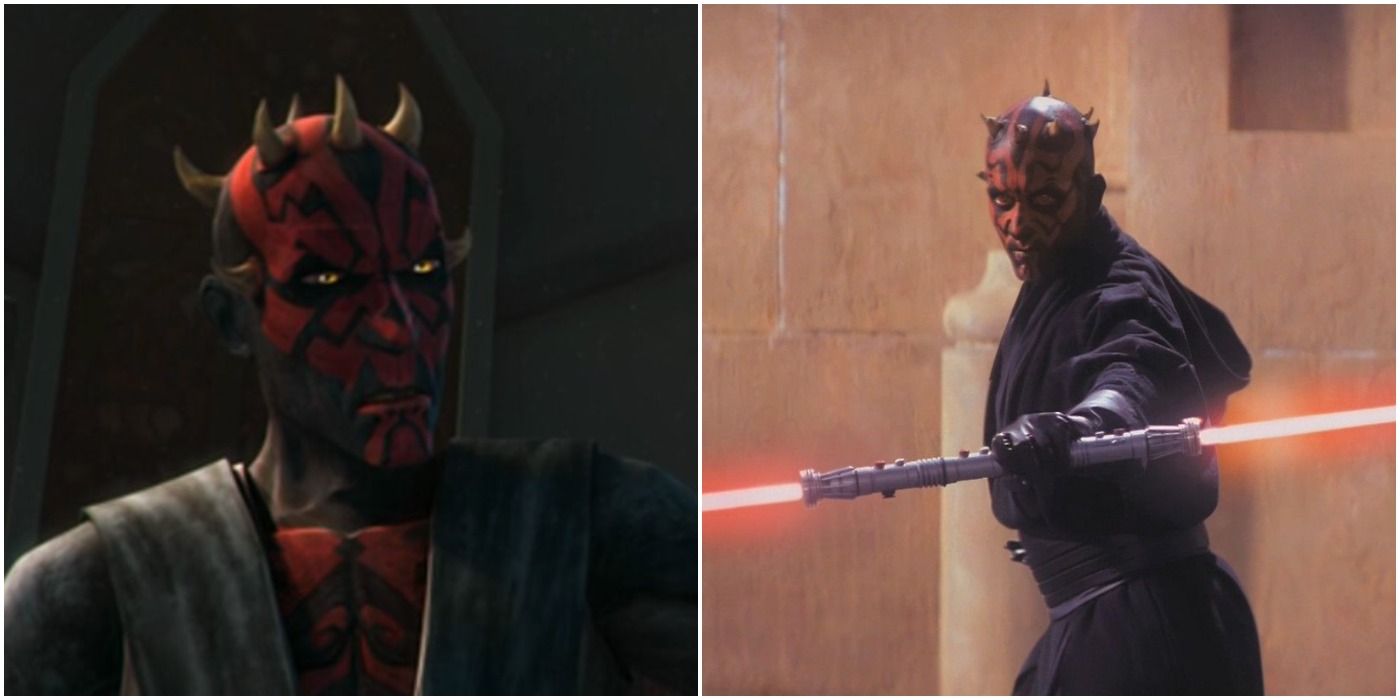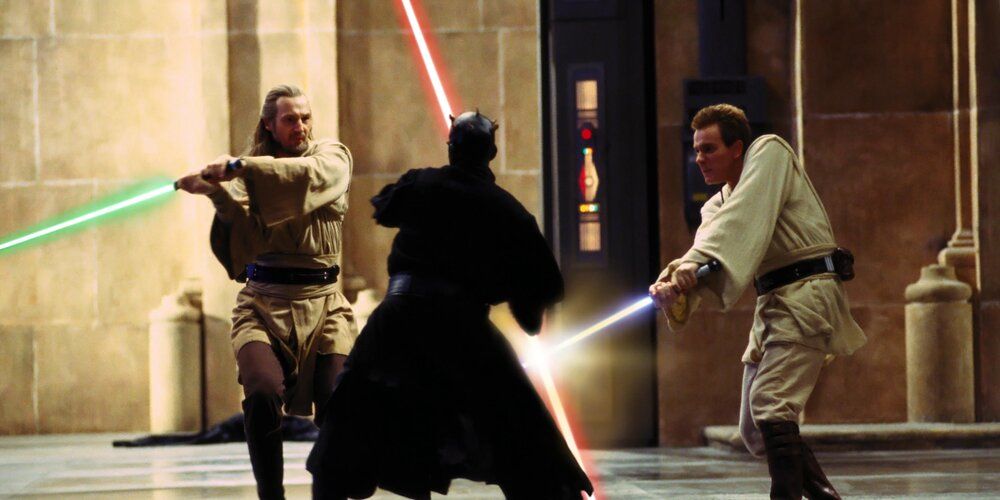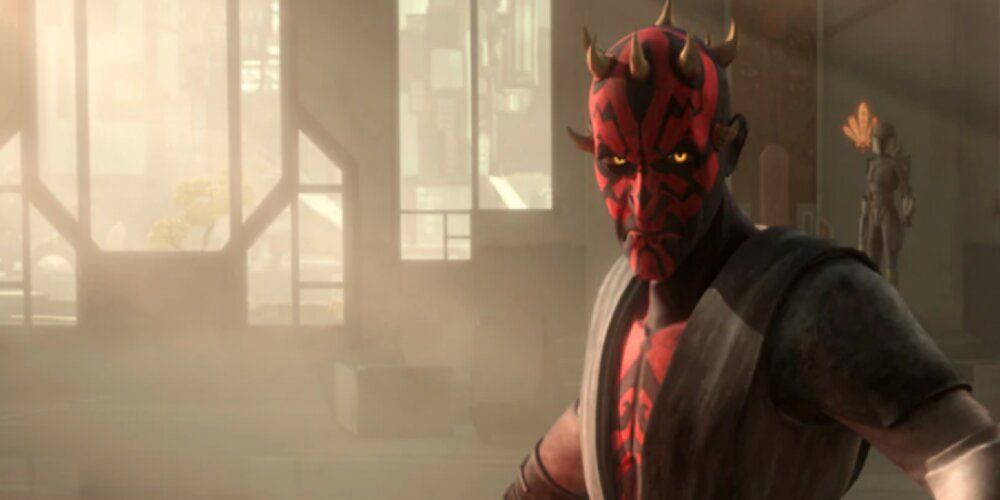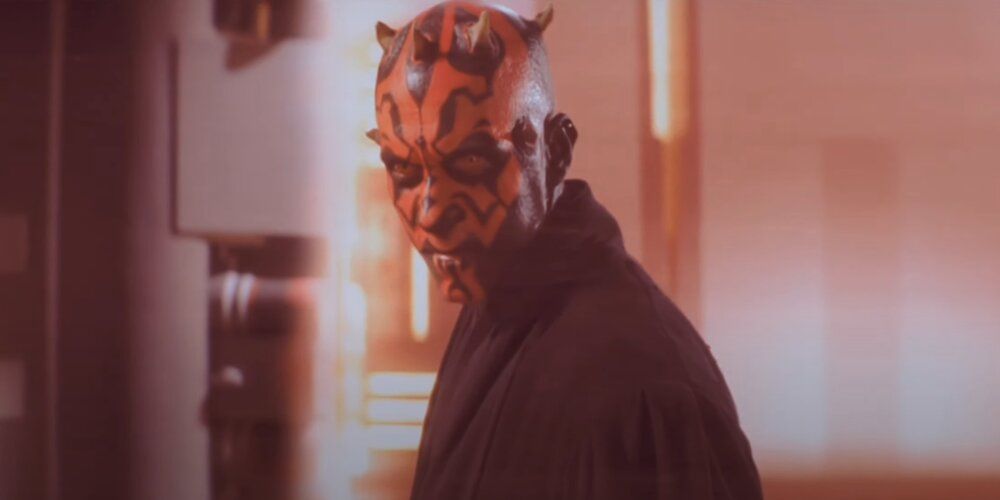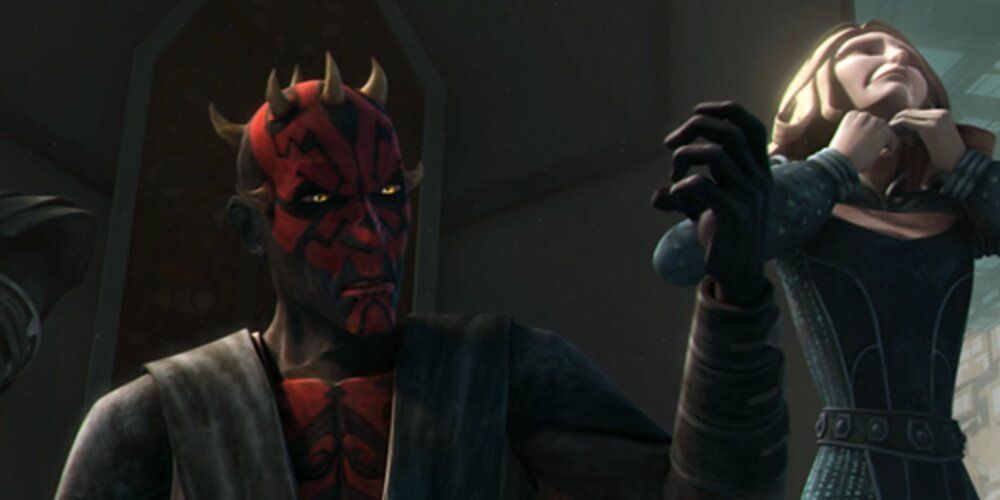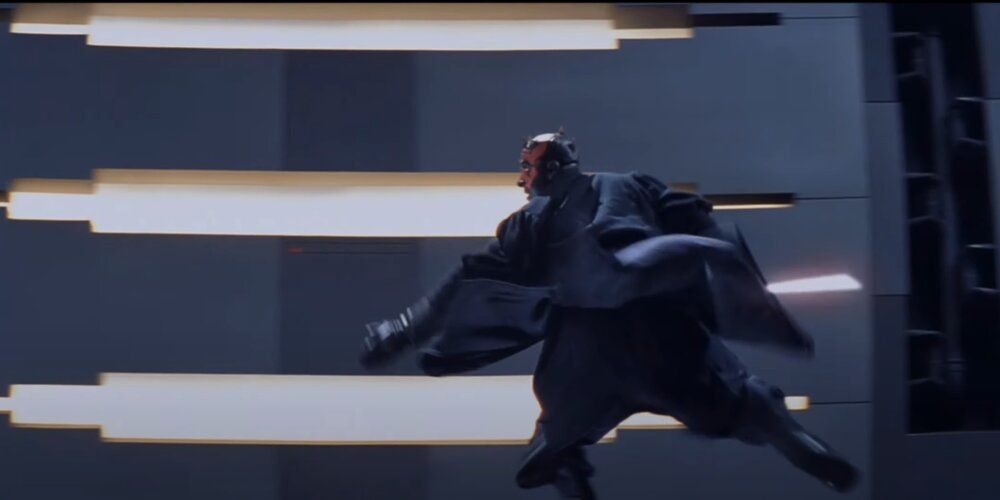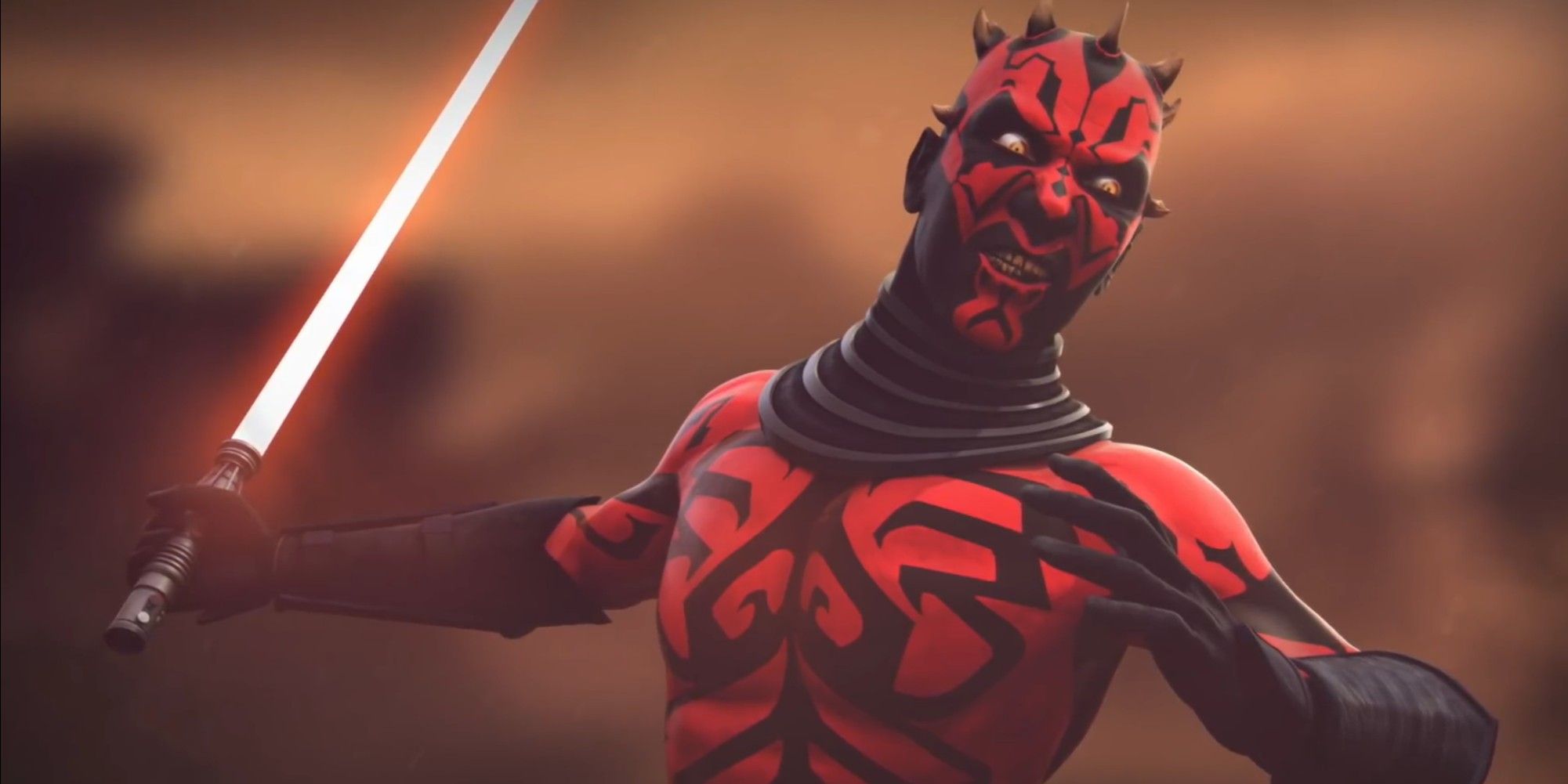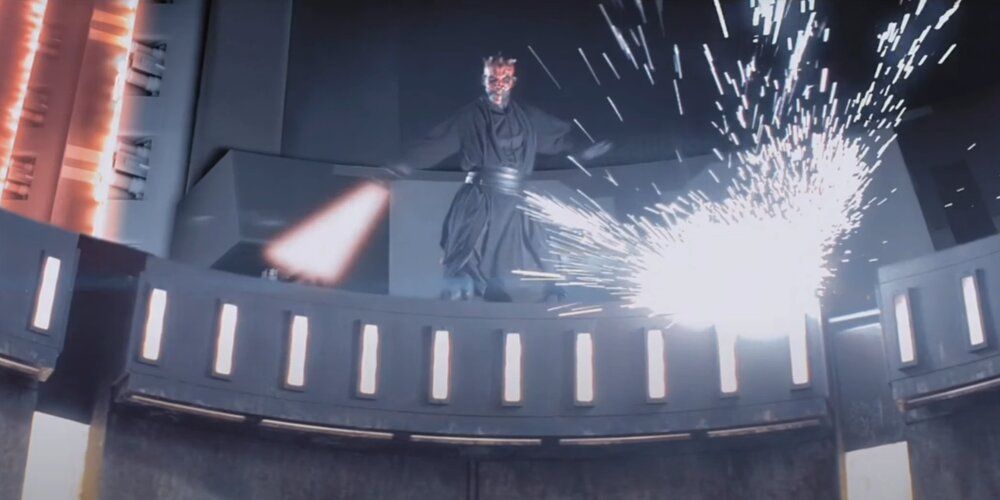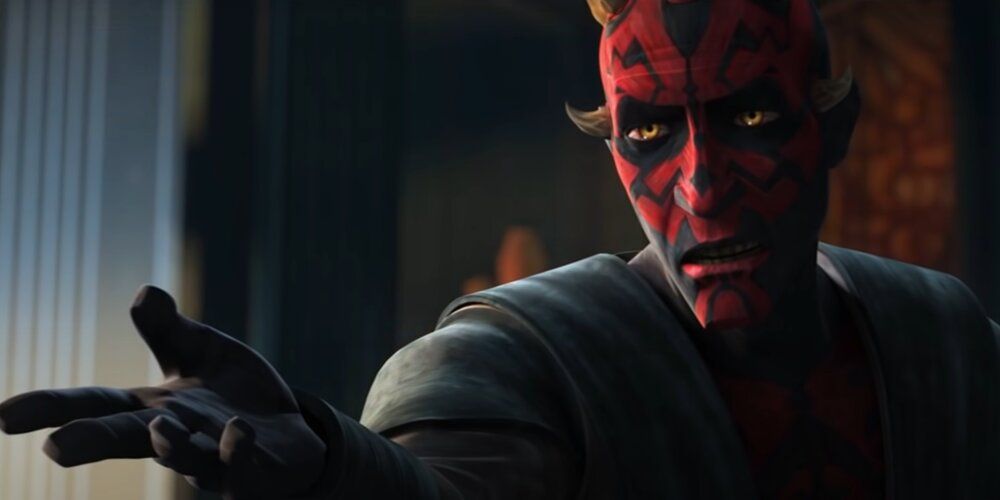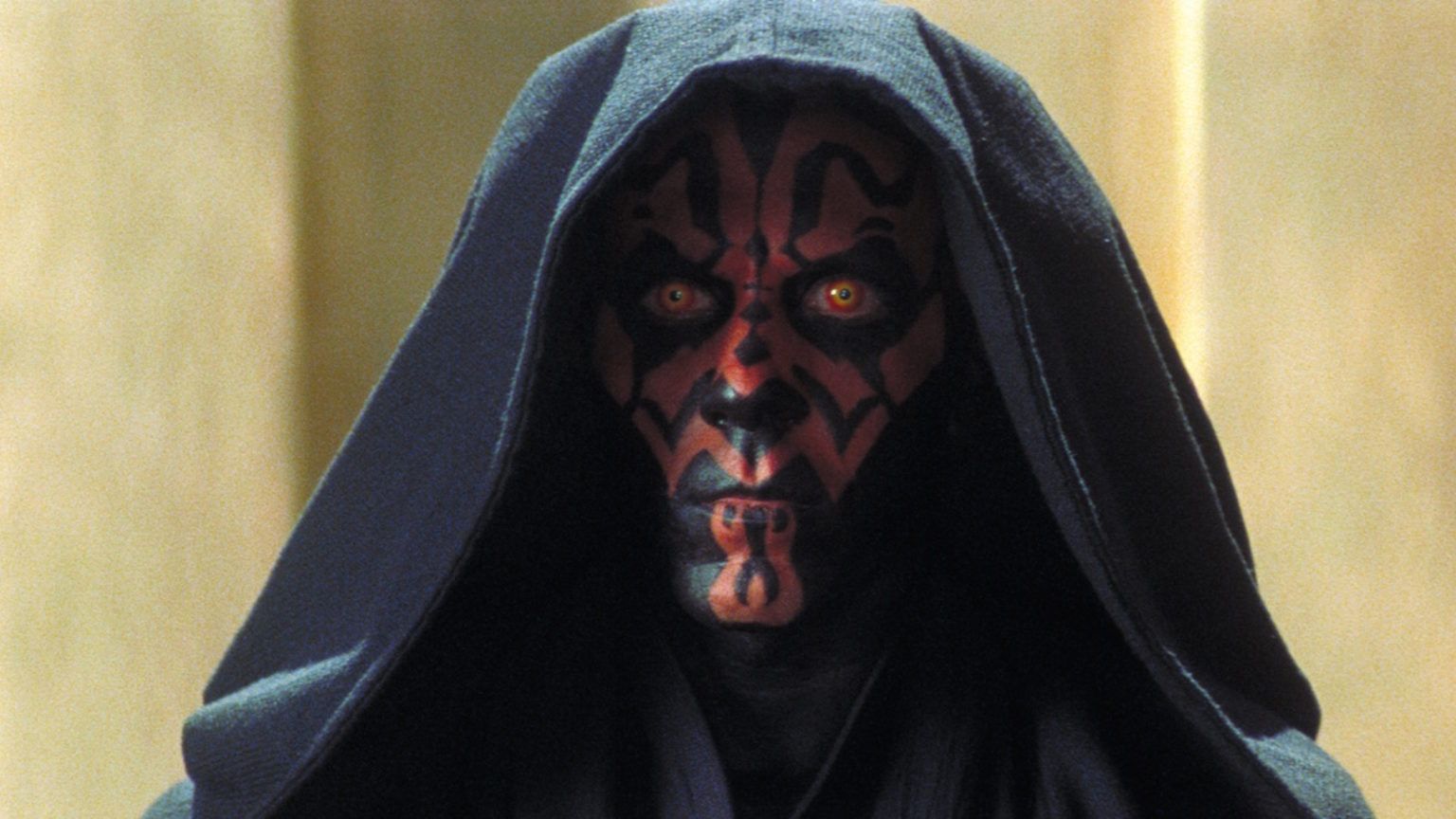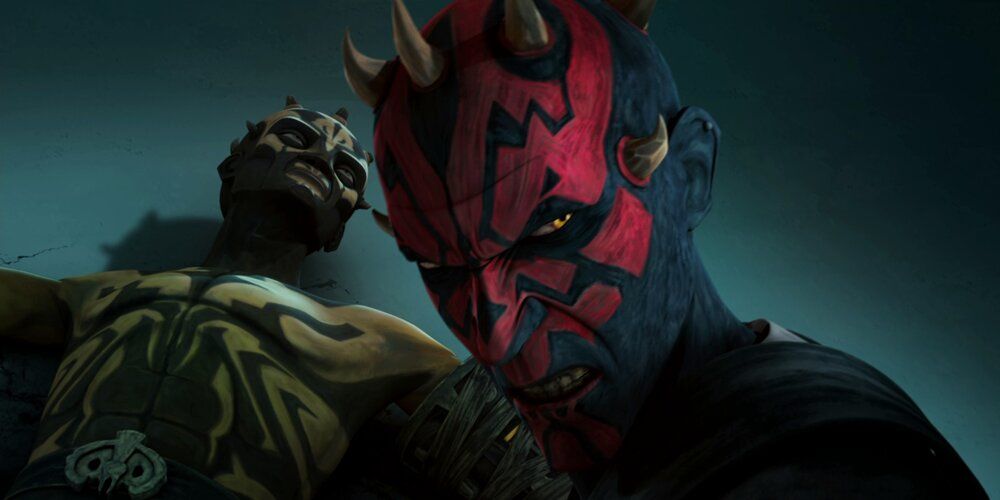Darth Maul is one of the most popular characters to come out of the Prequel Trilogy, a deadly Sith assassin who is able to strike down Qui-Gon Jinn at the climax of The Phantom Menace. So popular was he with fans that his character was brought back, despite a very certain death.
Two performers are best associated with the character; Stuntman Ray Park portrayed Maul physically in The Phantom Menace, whereas Sam Witwer provided his voice acting in Star Wars: The Clone Wars, and Star Wars: Rebels. The two have only shared the character twice, in one episode of The Clone Wars, and a cameo in Solo: A Star Wars Story. Both versions of Maul are beloved by fans, and each performer defines the character in their own way.
10 Maul's Fighting Skills Come From Ray Park
Many action movie fans consider Ray Park to be one of the finest stuntmen working, and Star Wars viewers consider the fight between Maul, Obi-Wan, and Qui-Gon at the end of The Phantom Menace to be one of the best in the entire franchise.
Ray Park shows Maul's blistering fast and powerful fighting style, using an unwieldy double-bladed lightsaber and making it look almost practical. So iconic is Ray Park's movement in Maul's fighting style that Park was brought back to do motion-capture for the most intensive fight in The Clone Wars, at the end of "The Phantom Apprentice."
9 Sam Witwer Makes Maul Eloquent
Despite being voiced by Peter Serafinowicz in The Phantom Menace, Maul has only three lines, all of which are short. He rarely speaks, instead making an impression on viewers through sheer physicality.
In contrast, Witwer's performance shows Maul to be eloquent and intelligent, often engaging in insightful and meaningful conversations with other characters, sometimes before attempting to kill them. It is this blend of brutality and eloquence that fans of The Clone Wars have come to best associate with Maul.
8 Ray Park Portrays Maul's Dark-Sider Impatience
The dark side is associated with impatience and instant gratification since the Original Trilogy. In Luke's training in The Empire Strikes Back, he is told that the dark side is not more powerful, but "easier," and the Jedi are expected to live lives of discipline and restraint, rather than indulging themselves.
Maul shows this lack of restraint and desire for something quick and easy numerous times in The Phantom Menace, with Ray Park showing him pacing back and forth and striking a laser grid with irritation during a break in the fighting. A good way to non-verbally remind viewers of the nature of the dark side.
7 Maul's Malice Becomes Clear With Sam Witwer
There is no doubt in any incarnation that Maul is malicious, being a Sith Lord who hunts the main characters throughout any of his appearances. Nonetheless, it is Sam Witwer who is able to make clear the depths of Maul's viciousness and spite.
Ray Park shows Maul grinning after Qui-Gon is run through, but Witwer has Maul's voice drip sadistic venom when doing things to spite the heroes, such as when he murders the love of Obi-Wan's life in front of him or massacres the Clones aboard Venator.
6 Ray Park Makes Maul Uniquely Physical
There is more to Ray Park's showing of Maul during action scenes than just the sheer skill he displays. Throughout the franchise, viewers see numerous skilled fighters, from Mace Windu, to Darth Vader, to Kylo Ren. All are skilled, but none of them have the unique physicality of Darth Maul, as portrayed by Ray Park.
Park blends strikes and blocks with flips, jumps, kicks, and dodges, lending a unique element to Maul's on-screen style. No other duelist in the Star Wars universe demonstrates this physicality, and it would go on to define Maul well.
5 Hatred Defines Maul, & Witwer Lets It Shine Through
Hatred is a way of life for the Sith, but Maul takes it to another level. Whereas Sidious is taken with ambition and Vader with self-loathing, Maul's hatred is more or less the focus of his life. Whether he is finding ways to make Obi-Wan Kenobi suffer, trying to disrupt the Separatists, or attempting to use a Sith Temple as a weapon for vengeance, Maul's obsession is his hatred.
There is only the briefest suggestion of this in The Phantom Menace, when Maul relishes the chance to "get revenge" on the Jedi in a conversation with Sidious. In The Clone Wars and Rebels, however, Witwer puts this Maul's aspect at the forefront.
4 Maul's Arrogance Is Obvious With Park
Ray Park managed to convey many aspects of Maul non-verbally, allowing his actions during fight scenes to speak louder than words. One that is clear is Maul's arrogance, another trait consistent with dark side-users. Maul smirks at Obi-Wan after killing Qui-Gon, sends showers of sparks down whilst Obi-Wan is struggling for grip, and baits him with a hand gesture after narrowly avoiding a deathblow.
Maul's arrogance would prove to be his undoing time and time again over the course of The Clone Wars, Rebels, and even at the end of The Phantom Menace, and it is with Ray Park that this essential trait first made itself known.
3 Witwer Makes Maul Deeply Charismatic
Maul does not speak often in The Phantom Menace, being used as a strong and silent adversary for the heroes. In the animated series, however, he becomes more than simply eloquent, he also becomes charismatic, able to win over others and use his words as a weapon.
He manages to assemble and lead several criminal organizations, is served loyally by the Deathwatch for a time, and even wins Ahsoka over to his side to strike at Sidious, until he mentions that Anakin Skywalker will need to die. Sam Witwer's captivating performance sells this charisma, and makes it a key part of his character.
2 Ray Park Simply Lends Maul Presence
Maul didn't just become beloved by fans for his high-octane fight scenes and interesting aesthetic. Whatever the character does across The Phantom Menace, he comes across as impressive. Whether it is conversing with Sidious, standing in the background of a hologram, or approaching the heroes, he carries an air with him that is unsettling and impressive.
This presence is largely due to Park's build and body language, and it is this that made Maul stick out with fans so much and become popular enough to be made a major player in the galaxy even after his apparent death.
1 Without Witwer, Maul Would Lack Depth
Even with his impressive presence and physicality, Park's portrayal of Maul is flat. Not through any fault of the stuntman's, but because he is largely written to be solely an antagonistic threat, rather than the deep character with connections to others that someone like Vader had in the Original Trilogy.
With Witwer's performance, Maul becomes a fully fleshed-out character. The voice actor perfectly sells Maul's hatred for his enemies, his care and love for his relatives, his fear of Sidious and The Empire, his genuine rage at being rejected by various allies, and more. It is owing to Sam Witwer's vocal performance that Maul reached new levels of popularity, as one of the most iconic characters of Star Wars' modern era.

